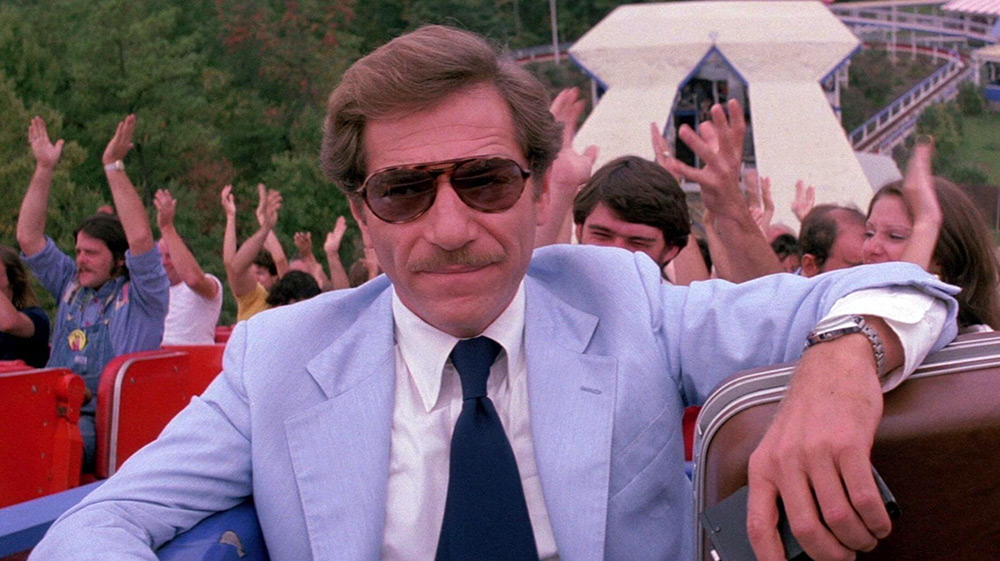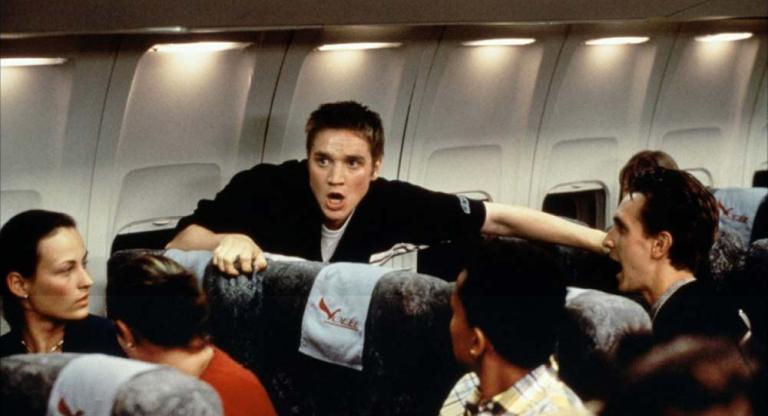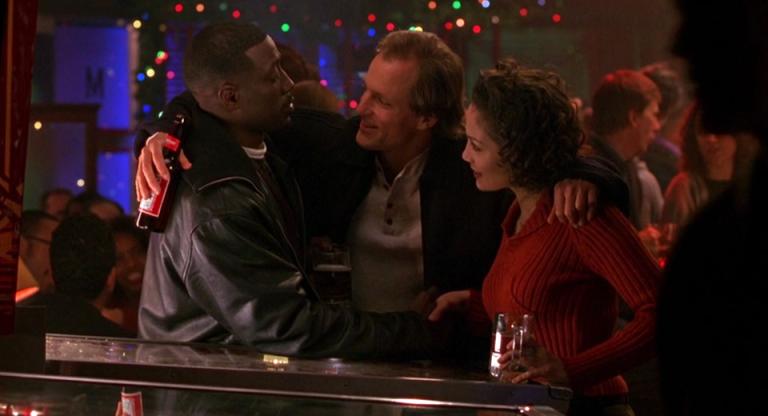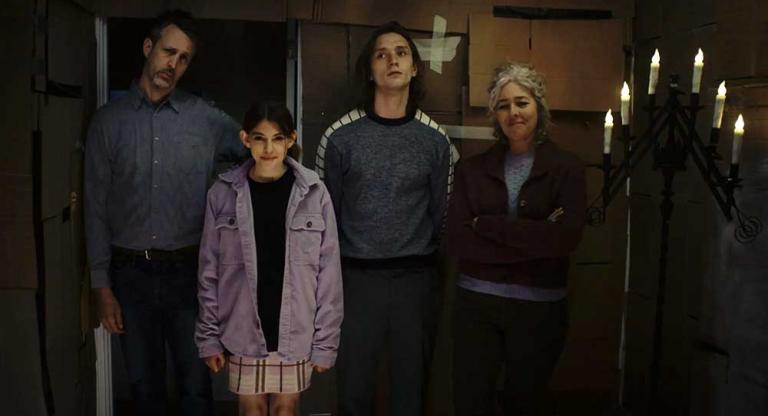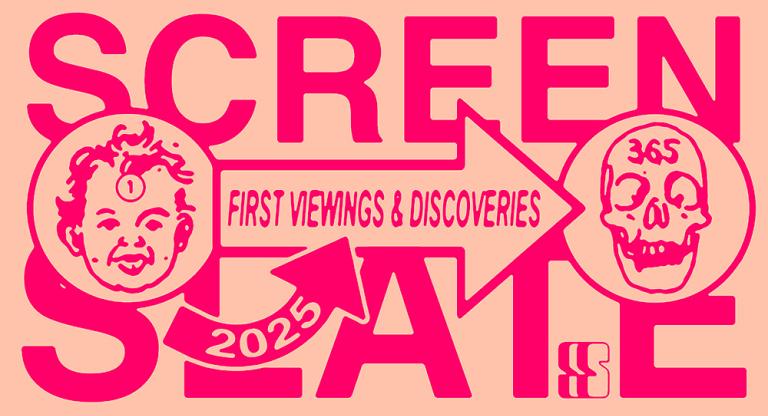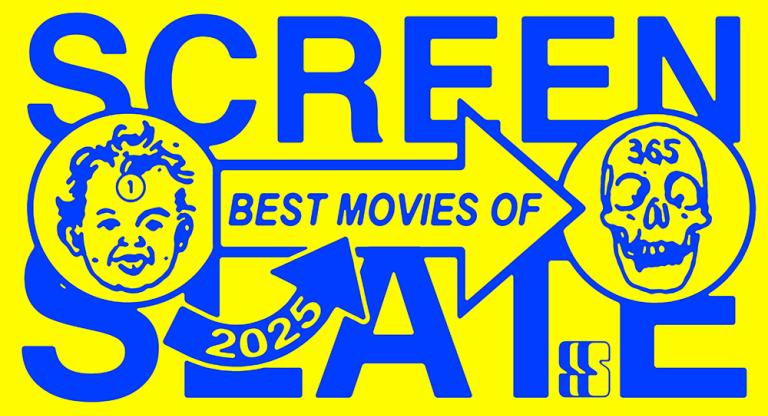In a New York Times article from April 12, 1977, Sidney Sheinberg, president and COO of Universal Pictures, quipped that “Sensurround is as big a star as there is in the movie business today.” One can forgive him for the overstatement: Sheinberg was also in charge of Universal’s parent company, MCA, which developed Sensurround in an effort to make theatrical screenings more immersive via the addition of three more speakers to the auditorium, which largely focused on low frequency sound. In other words, more bass. It was no accident that Sensurround made its debut with Universal’s 1974 blockbuster Earthquake, a film so reliant on the theater continuously rumbling that it won the Academy Award for Best Sound. Universal followed Sensurround’s rapturous debut with the WWII action picture Midway (1976) before pivoting to a more unexpected genre with the amusement park-set thriller Rollercoaster (1977).
It makes sense to promote the latest in movie theater immersion with a thrilling park ride, which is exactly what This Is Cinerama (1952) did two and a half decades prior, but Rollercoaster spends little time on its titular attraction. Marketed by Universal as a nail-biting thriller, not far removed from the huckster tactics they would employ on several Alfred Hitchcock films, Rollercoaster’s one-sheet promised the audience a sense of first-person immersion: “You are in a race against time…and terror. You are pursuing a nameless, faceless man through America’s greatest amusement parks…and, for the first time, you are experiencing the most sensational rides of our time IN SENSURROUND”.
Rollercoaster’s plot concerns a nameless terrorist (credited in the film as Young Man) played by Timothy Bottoms who is intent on causing tragic accidents by placing explosives on the tracks of various rides. After two attacks, he demands a large sum of money to bring an end to his reign of terror. The bulk of the film’s runtime comprises ride safety inspector George Segal and FBI agent Richard Widmark playing cat-and-mouse with the Young Man, running through real-life amusement parks like King’s Dominion and Magic Mountain (both now owned by Six Flags and still operational) and shouting into phones and walkie talkies an awful lot.
For how cartoonish it ultimately is, Rollercoaster works remarkably well as counter-programming to something like Star Wars, which opened the same year, likely much to the chagrin of Universal. It’s a taut procedural that was mismarketed as a disaster movie thanks to the presence of the Sensurround technology, which is utilized far less than in Earthquake and Midway before it. But perhaps its biggest surprise is a scene in which rock band Sparks play “Big Boy” on stage at a theme park cut into a montage with Bottoms setting up explosives. The band have spoken about how much they regret being in the film, but Sparks’s performance, far more than Sensurround, is arguably what has kept people watching Rollercoaster for the past fifty years.
Rollercoaster screens tonight in the Spectacle series $pectacle $ells Out - Now in Gimmickvision.
